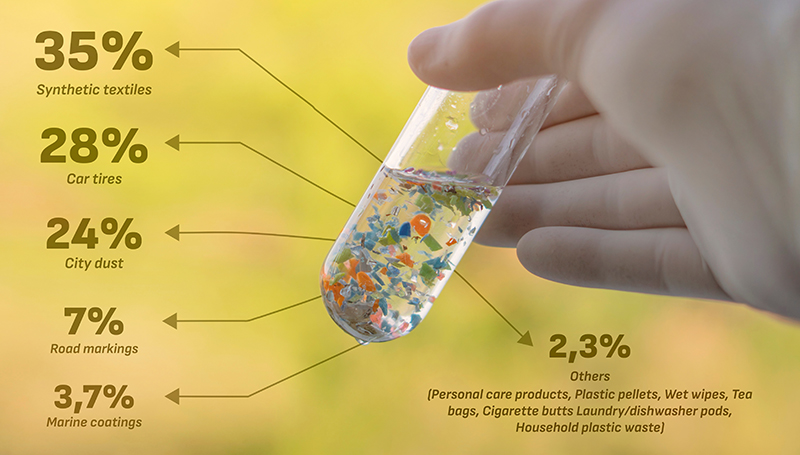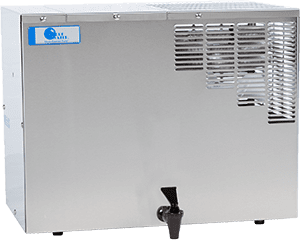Microplastics in Tea Bags
Even a simple cup of tea is not immune to microplastics, as research reveals that certain types of tea bags can release billions of microplastic particles during the brewing process. This alarming discovery has raised questions about the safety of everyday habits and the broader implications of microplastic contamination. Understanding the presence of microplastics in tea bags requires a closer look at how they are made and the materials used. While traditional tea bags are crafted from paper, many modern tea bags are constructed from plastic mesh or sealed with plastic adhesives. When exposed to boiling water, these materials can degrade, releasing microscopic plastic fragments into your drink.
What Are Microplastics?
Microplastics are tiny fragments of plastic, typically less than 5 millimeters in diameter, that result from the breakdown of larger plastic products or are manufactured intentionally for use in cosmetics, cleaning products, products used by food producers like tea bags, or industrial processes. These particles are ubiquitous in the environment, found in oceans, soil, and even the air. Due to their minuscule size, microplastics are difficult to filter and often end up in unexpected places—including our food and beverages.
Health Effects of Microplastics
The ingestion of microplastics is a growing concern for human health. Although research is still in its early stages, preliminary studies suggest that consuming microplastics could lead to inflammation, oxidative stress, and even disruption of hormonal systems. Microplastics may also carry toxic chemicals, such as bisphenol A (BPA) and phthalates, which can leach into your body. Moreover, these tiny plastic particles can act as carriers for harmful pathogens or heavy metals, potentially amplifying their negative effects. While the full extent of the health risks posed by microplastics remains uncertain, their accumulation in the human body is undoubtedly a worrying prospect.
Other Ways You Ingest Microplastics
Tea bags are far from the only source of microplastics in our diets. They have been detected in a wide range of food and beverages, including seafood, salt, and even bottled water. Microplastics can also enter the food chain when marine animals mistake them for food, eventually making their way onto our plates. They can also infiltrate the air we breathe and settle onto food during preparation. Processed and packaged foods are another significant source, as the packaging materials can shed microplastic particles. Even tap water is not immune to contamination.

How to Avoid Microplastics
Reducing your exposure to microplastics requires mindful choices in your daily life. Opt for loose-leaf tea instead of tea bags, especially those made from plastic. Consider using a stainless steel or glass infuser for brewing your tea. If purchasing bottled water, choose brands that use glass containers instead of plastic ones, although we would recommend using a Pure Water distiller and carrying your water with you. Minimize the consumption of processed and packaged foods, and prioritize fresh, whole foods to limit exposure to microplastics from packaging. Additionally, using a high-quality air purifier can help reduce airborne microplastic particles in your home.
Are Microplastics Found in Tap Water?
Yes, microplastics are commonly found in tap water. Studies have shown that a significant percentage of tap water samples worldwide contain microplastic particles, with concentrations varying depending on the location and water treatment methods. These particles may originate from various sources, including plastic pipes, environmental pollution, and water treatment plants that fail to filter them out effectively. The presence of microplastics in tap water underscores the need for better filtration systems and more sustainable practices to reduce plastic pollution.
Remove Microplastics from Tap Water Using Distillation
Distillation is one of the most effective methods for removing microplastics from tap water. This process involves boiling water to produce steam, which is then condensed back into liquid form, leaving contaminants behind. Since microplastics do not vaporize, they are left behind in the boiling chamber, resulting in purified water. Distillation is highly effective at removing microplastics as well as other contaminants like lead, nitrates, arsenic, chlorine and more.
Microplastics are Everywhere
Microplastics have infiltrated nearly every aspect of our lives, including the tea we drink, the water we consume, and the food we eat. While the full impact of microplastics on human health remains under investigation, their potential to cause harm is evident. By understanding the sources of microplastic contamination—such as plastic tea bags, packaged foods, and tap water—we can take steps to reduce our exposure. Simple lifestyle changes, like switching to loose-leaf tea, using glass or stainless steel containers, and investing in water distillation systems, can go a long way in minimizing the risk. Addressing the broader issue of plastic pollution will require collective efforts from individuals, industries, and governments to create a more sustainable future free of microplastic contamination.













